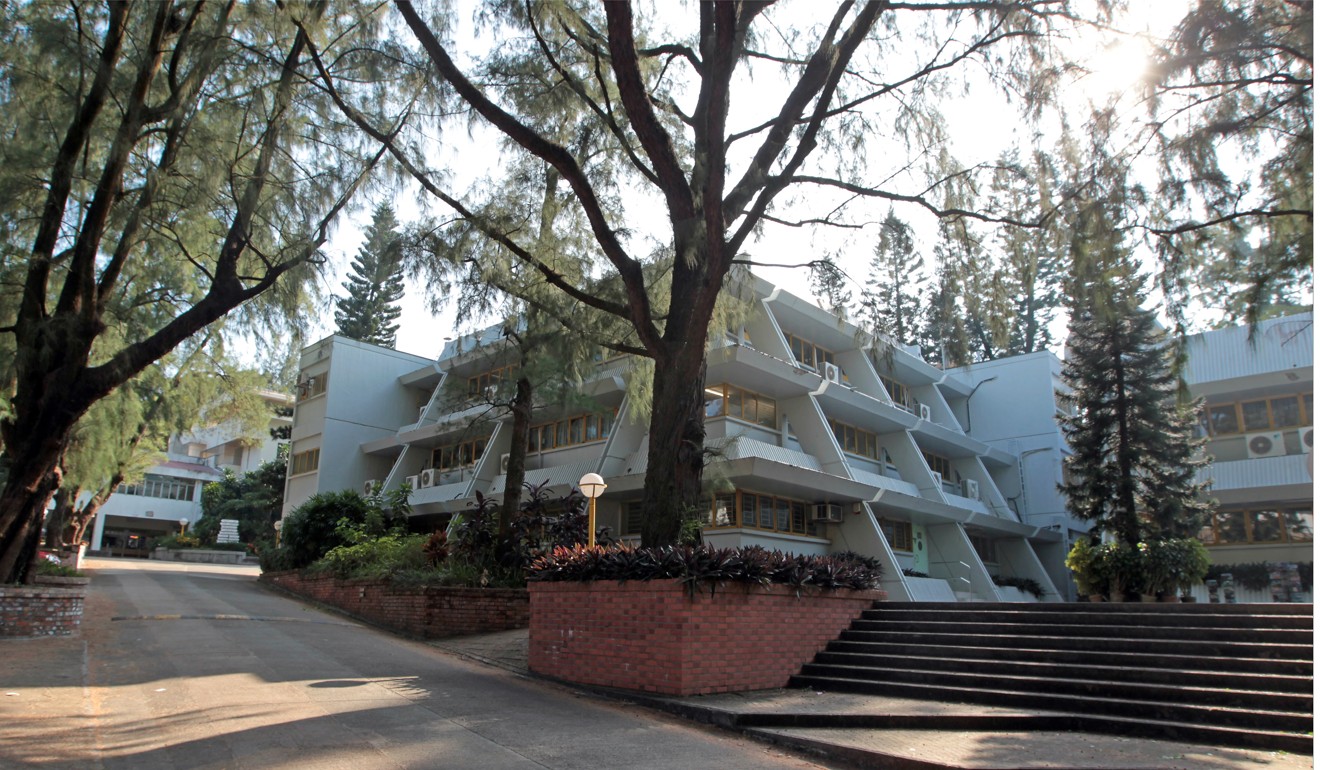
Pioneering architect Tao Ho, known for designing Hong Kong Bauhinia flag and buildings such as Arts Centre, dies at age 82
- Ho died in Ruttonjee Hospital in Wan Chai on Friday morning, three days after he was admitted with pneumonia
- His design for the flag was accepted and approved by the National People’s Congress in 1990

Pioneering Hong Kong architect Tao Ho, who designed the city’s post-handover flag and emblem, has died at age 82.
Ho died in Ruttonjee Hospital in Wan Chai on Friday morning, three days after he was admitted with pneumonia, his daughter Noëlle Ho Ying and son-in-law Lam Wai-shan said on Saturday.
Hong Kong’s leader Carrie Lam Cheng Yuet-ngor and industry veterans paid tribute to Ho, who was remembered for his passion in designing public spaces in the city and introducing modern architecture to Hong Kong.
Lam expressed deep sorrow over his death. She said he was a distinguished architect held in high regard in his sector, with his name and works world renowned.

“I was grieved to learn of Dr Ho’s passing. On behalf of the government, I would like to extend my deepest condolences to his family,” she said.
Former Hong Kong Institute of Architects president Vincent Ng Wing-shun said: “He was a pioneer in designing the city’s public buildings like the Arts Centre [in Wan Chai] at a time when most architects were still focusing on real estate projects.”
Ho was described as outspoken during his presidency at the institute from 1997 to 1998.
“He promoted Hong Kong architecture and encouraged us to speak up,” Ng added. “In fact, he openly criticised the design of the Central Library [in Causeway Bay], which was quite rare.”
Born in Shanghai in 1936, Ho moved to Hong Kong with his family in 1941. He studied at Pui Ching Middle School from 1950 to 1956. He then attended Williams College in Williamstown, Massachusetts to study under famed art historians Lane Faison and Whitney Stoddard, and graduated in 1960.
Ho went on to Harvard University’s Graduate School of Design and earned a master’s degree in architecture in 1964. At Harvard, he caught the eye of pioneering German architect Walter Gropius, founder of the Bauhaus School, and influential critic Sigfried Giedion.

After returning to Hong Kong he began teaching architecture and design at Chinese University.
In 1968, Ho founded Taoho Design, a multidisciplinary studio.
William Tseng Yen-wei, who worked for Ho as a project director for seven years, said the Arts Centre’s design was a breakthrough in Hong Kong.
“It’s a rare practice for local architects to put all the cultural venues including black box, theatres, gallery and multifunctional areas into one vertical development. Don’t forget it is a very small site. The Arts Centre itself is also an art piece. It looks timeless even after so many years,” he said.
The centre was inaugurated in 1977.
Secretary for the Environment Wong Kam-sing, himself a pioneer in green architecture in Hong Kong, said Ho had inspired him at a public lecture. “He highlighted the importance of energy efficiency and harmony with nature. He was used to using philosophical means to present his design and concept.”

Ho was also known for heritage preservation and led the revitalisation of the iconic red-brick Western Market in Sheung Wan.
His other well-known designs include the Special Room Block at St Stephen’s College in Stanley, the engineering building at Chinese University and the old campus of Baptist University. In 1997, the Shanghai Construction Bureau awarded Ho the First Distinction Design Prize for the city’s 212-metre King Tower office block, which at the time of completion was the tallest skyscraper in mainland China.
Tseng said Ho was well respected on the mainland.
In 1987-88, a contest was held to design the regional flag and emblem that would be adopted after the handover in 1997. More than 4,000 designs were put forward but all submissions were eventually rejected after meetings in the mainland. Instead, three designers, including Ho, were asked to submit proposals.

Ho’s work was finally accepted and approved by the National People’s Congress in 1990.
The design centred on an image of the bauhinia flower, a colonial Hong Kong emblem. Ho chose a red background and incorporated one star into each of the five bauhinia petals, a reference to the red background and five stars on China’s national flag, which represent the relationship of the people to the Communist Party.
In 2002 during a business trip on the mainland, Ho suffered a stroke which left him paralysed and bedridden.
“He was probably the Chinese architect getting the most awards from the institute, especially at a time when the market was dominated by Western architectural companies,” Tseng said.
Ho is survived by his second wife Irene and four children: Suenn, Shu, Dien and Noëlle.